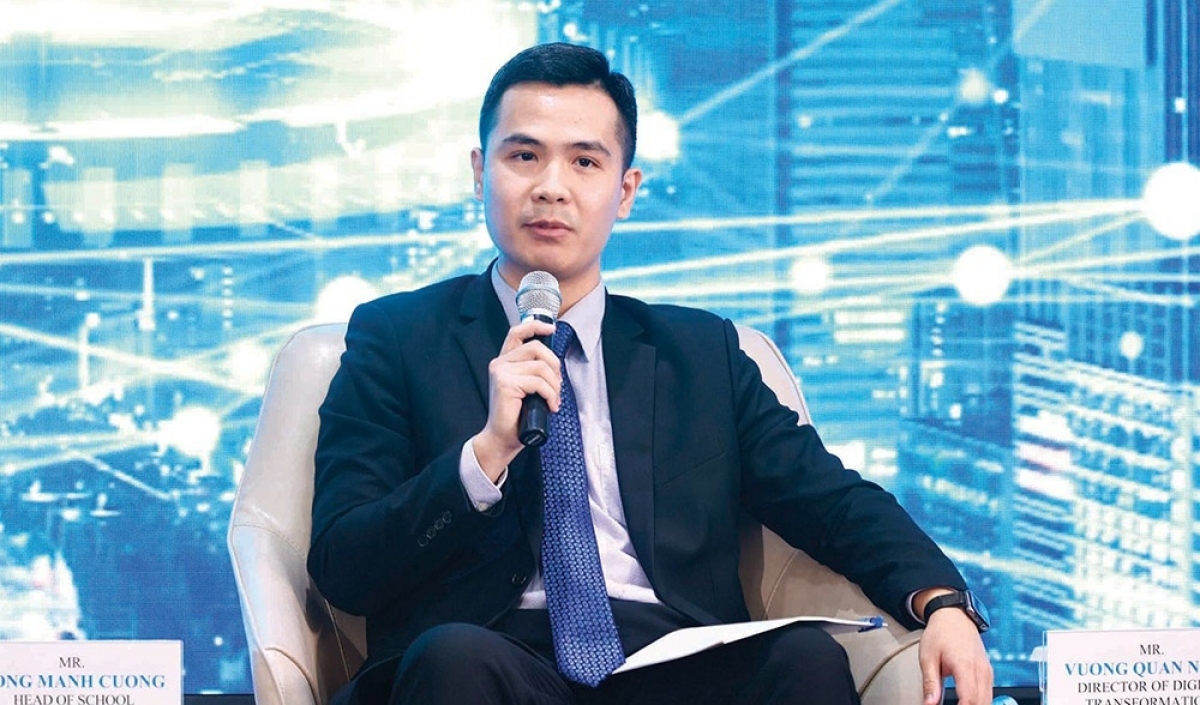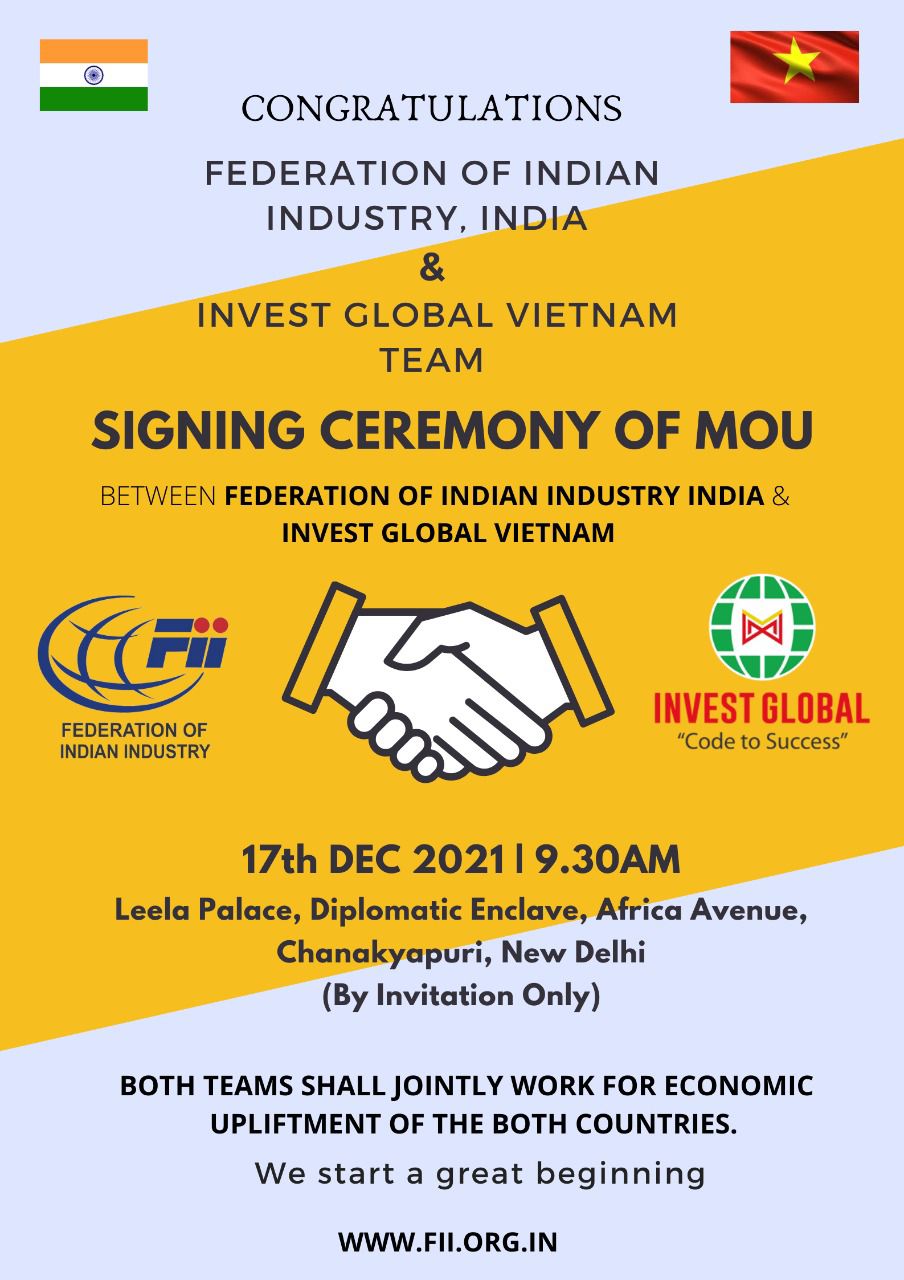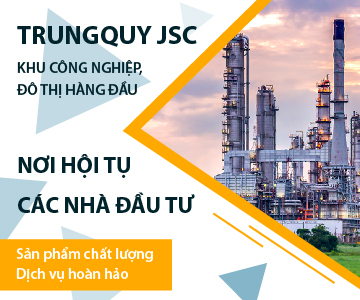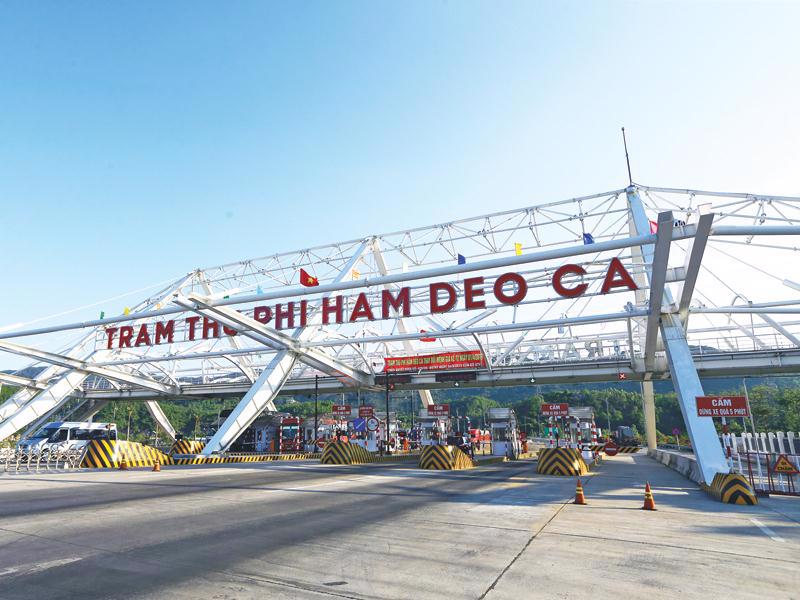INTERNATIONAL INVESTMENT
AND PORTAL
Unlike other Southeast Asian countries, Vietnam has an export model that is highly focused on the US market. The new levy for Vietnam is only 1 per cent point higher than some other ASEAN countries, and lower than the average levies on Chinese goods. This indicates that Washington views Vietnam as an increasingly important trading partner, competing with top exporters such as China.
 Peter Ryder, Executive chairman Indochina Capital
Peter Ryder, Executive chairman Indochina Capital
Nonetheless, the transshipment restrictions caused a rethink over relocation from China to Southeast Asia, as costs to move production away may surpass potential margins. Concerns were raised over whether the new tariffs would affect investment inflows to Vietnam.
But Vietnam is still in a relatively favourable position, noted Bloomberg Intelligence analyst Steven Tseng. And at Indochina Kajima’s industrial platform Core5 Vietnam, tenants are still producing for shipment. Some are also accelerating, given Vietnam’s cost and geographical advantage.
For foreign direct investment (FDI) inflows, staying cautiously optimistic, the resolution can be seen as a driving force for Vietnam to deepen reforms and bolters competitiveness in the longer term.
The nation has displayed determination and agility in weathering trade tensions, and is the third country, just behind the UK and China, to announce a tariff agreement with the current US administration, clearing out uncertainties for investors when making decisions to commit to Vietnam.
In the first seven months of the year, FDI inflows continued to grow. According to data from the National Statistics Office, total newly registered, adjusted, and contributed capital increased 27.3 per cent compared to the previous year, to reach over $24 billion.
To maintain competitive advantages in attracting FDI, in the short term, the government will have to press forward negotiations on transshipments to clarify definitions and categories, particularly on whether specific percentages of value-add could disqualify products as being transshipped.
Additional polices and directives to establish clear mechanisms to control the origin of goods need to be urgently rolled out, particularly at departmental levels. These policies should leverage digital technologies for transparent information, staying in line with Vietnam’s digital transformation agenda.
To remain resilient and agile in attracting foreign investments, guidance for companies to diversify their export markets should also be issued, as Vietnam is part of 17 free trade agreements, with more in the pipeline. Trade barriers with several major economies have been lowered, and the private sector must comprehend how to proactively take advantage of these agreements.
Another issue that must be addressed with incentives and policies at localities level is the development and retention of high-quality personnel. Their role in enhancing investments and growth is clear, as a skilled workforce is essential for sustainable production and uninterrupted implementation of new technologies to meet stringent international standards.
An agenda to foster innovation, enhance language skills, ensure digital literacy in public education, and vocational training should be strategically planned and implemented per region. Mechanisms for updates and alignment with the labour market’s demand should also be framed with clear policies.
Addressing these existing shortcomings is crucial for Vietnamese workers to engage in the global human resource supply chain and compete to attract investments to Vietnam.
Developing industrial property is also key for the nation to remain a standout destination for medium and long-term FDI.
Previously, the industrial real estate market mainly focused on industrial land and factories. But in the last seven years, developers have rolled out impressive, internationally premium products, transforming Vietnam’s offerings to foreign and local companies looking to manufacture locally with a variety of products such as ready-built, built-to-suit, and mixed-use warehousing; ready-built factories; cold storage facilities; and industrial land.
Premium industrial properties in Vietnam like the Core5 portfolio are now LEED certified for sustainability and energy efficiency and their product offering usually includes facility management, support for licensing services and business development.
Vietnam’s commitment to advancing infrastructure investment, including airports, roads, and energy, is supporting the development of industrial assets. To navigate against intense regional competition, additional policies to frame land planning per newly established regions and incentives for manufacturers and industrial developers at localities level can be considered.
Vietnam is proving adaptable through volatility, and investors have reasons to stay bullish. As the new US resolution force quick adjustments, if the Vietnamese government as well as the private sector address the situation not only to mitigate near-term risks but also to position the country as a sustainable, attractive destination for investors, Vietnam is bound to navigate swiftly through challenges and demonstrate agility to thrive.
 Businesses shift to local supply chains and market diversification amid new US tariffs
Businesses shift to local supply chains and market diversification amid new US tariffs
Vietnamese businesses are adapting to new US tariffs by investing in local supply chains, exploring new export markets, and innovating to maintain competitiveness in a challenging global landscape.
 Mixed fortunes likely from US tariff fallout
Mixed fortunes likely from US tariff fallout
Although the decision of the United States to impose new tariff levels on Vietnam is not as harsh as the rates suggested in April, they may still pose various challenges for Vietnamese exporters as well as economic growth.
 Vietnamese exporters shift strategies amid new US tariffs
Vietnamese exporters shift strategies amid new US tariffs
Vietnamese exporters are responding to new US tariffs with strategic shifts, turning pressure into opportunities for growth and diversification.
